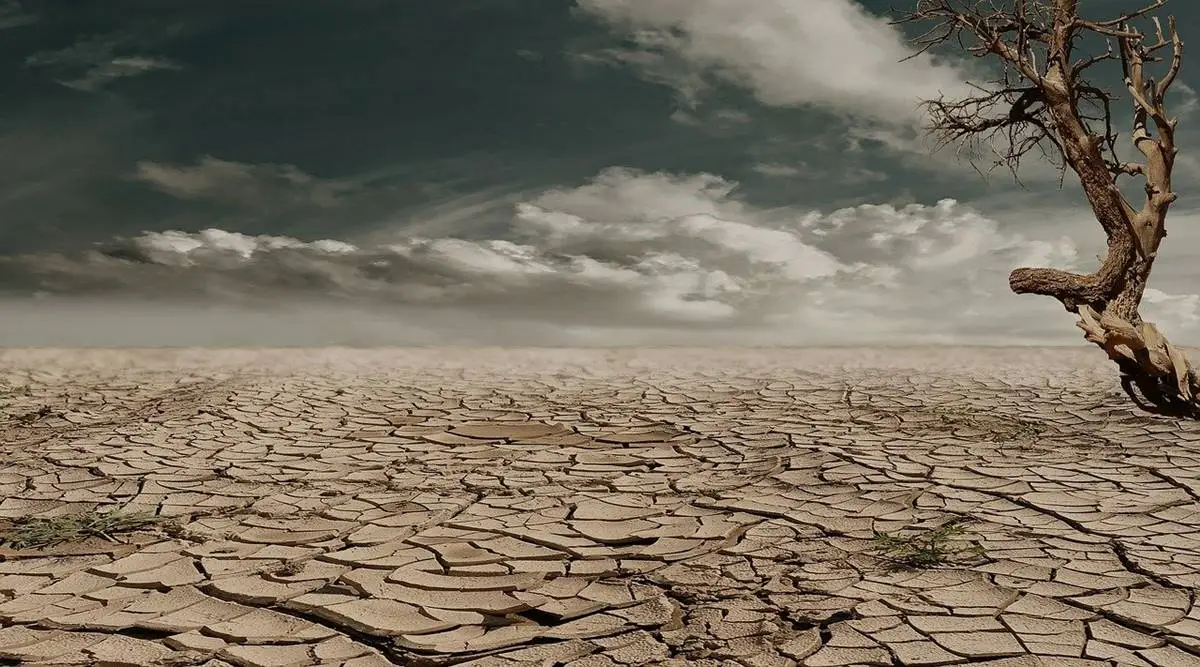Visualizing Wildfire Data
This dataset provided by the United States Forest Service gives deep insight into all wildfires from 1992-2016. The data includes information on the source of the wildfire, the location, date, and how large the wildfire got (amongst many others). In these visualizations and this project, only a couple of attributes were used: the wildfire's size, the location, and the date. Below is a visualization of all wildfires over time across the entire United States.
From this visualization, you can see a couple of important details. After watching the animated time series, it is clear that some states have a consistent wildfire season (California/Texas), some like New York are sporadic, and some states like Maryland don't seem to have any wildfires at all. However, from this visualization, it isn't clear whether there is seasonality as the visualization only shows year-end totals.
To compensate for that, this next visualization looks at wildfires in 2010, but from a month-to-month basis. Here we can see the total wildfires over a period of 12 months, which gives some context into seasonality and trends.
Given the figure above, the expectation is that the hotter the weather, in the summer months, we see more wildfires, and that tends to be true. However, it is interesting to note the large number of wildfires that occur in the southeast region post-summer months, while during the summer months, most of the wildfires are in the west.
Next, since this is a time series, it would be important to view the trends of wildfires over time. As temperatures continue to rise, the expectation is the number of wildfires will increase over time. Three years were chosen in intervals of 10 years (1995, 2005, and 2015), and the trends should be seen when comparing them.
Interestingly, rather than trends, there are large variances in the data. Certain years in certain states produce larger amounts of wildfires while other states are largely unaffected. Specifically, New York seems to be largely unaffected by wildfires in 1995, but by 2005 and into 2015, wildfires seem to be a regular occurrence. This is unlike California, where wildfires continue to be a regular occurrence.
With those thoughts in mind, a visualization of a couple of select states could provide more insight into trends over time. Specifically, California, New York, and South Carolina are visualized below. Each of these visualizations is slightly different in trends and seasonality.
First, when looking at California, it seems that our initial findings were correct. California has a seasonal fire season with reasonably consistent variance over a long period of time. However, when looking at New York, there seems to be an alarming new trend of wildfires within the last 15 years. In the early nineties, wildfires didn't seem to be a factor, but with the turn of the 21st century, they are on the rapid rise. Finally, in South Carolina, the regular wildfire season seems to be trending downwards, but the data still seems seasonal, but further analysis should be done to confirm these initial observations.








